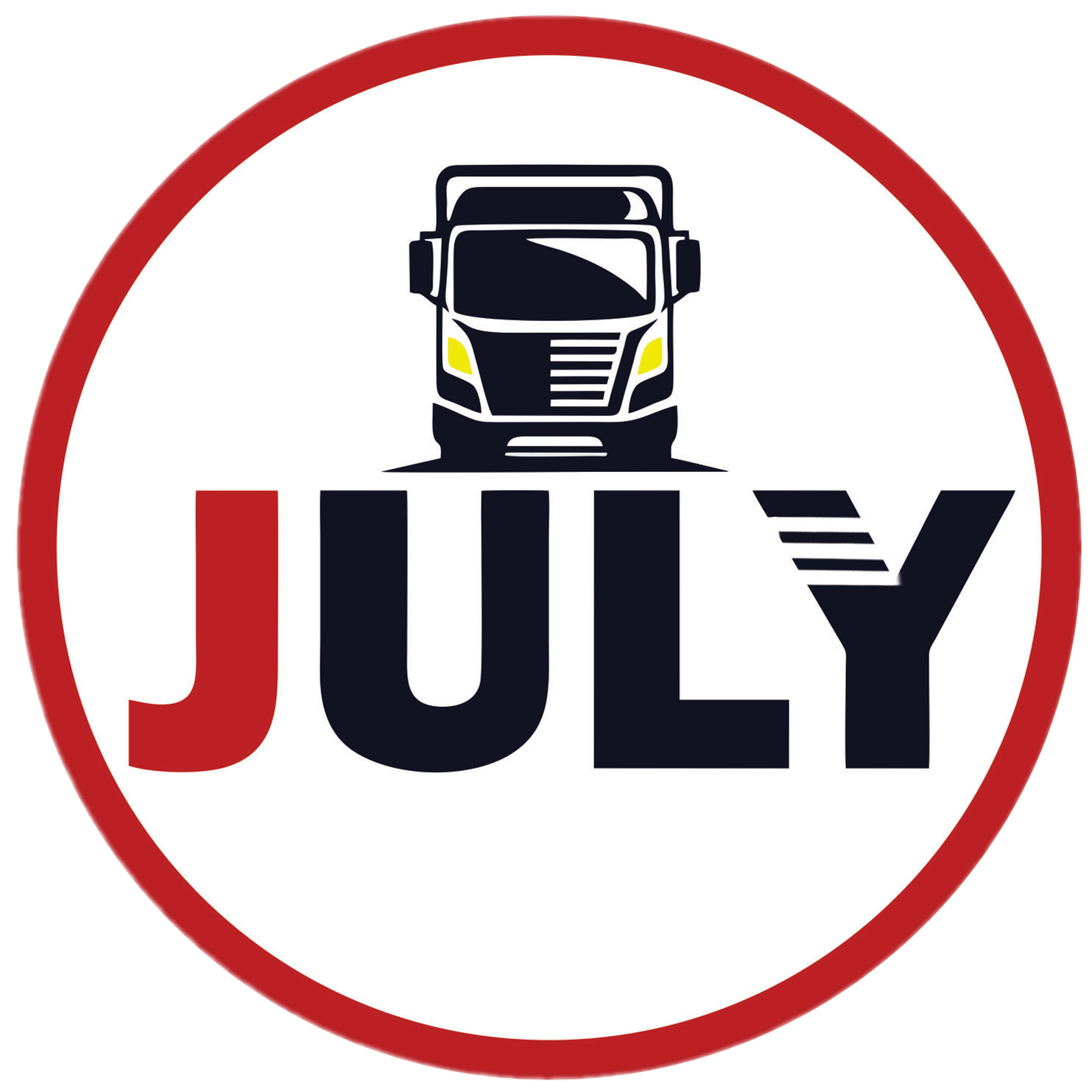CUMMINS DFSK DFM DFAC DONGFENG TRUCK PARTS DFL4251 DFL3251 5258744 DONGFENG XIAOKANG DONGFENG MINIBUS K17 5266969 5272666 5293669 5264757 5263374 5288908


CUMMINS DFSK DFM DFAC DONGFENG TRUCK PARTS DFL4251 DFL3251 5258744 DONGFENG XIAOKANG DONGFENG MINIBUS K17 5266969 5272666 5293669 5264757 5263374 5288908


If you are responsible for the care and maintenance of a boat, you’re probably aware that part of your marine engine system is the fuel pump. What you may not be aware of is that there are different types of fuel pumps that work in slightly different ways. In case you ever have to repair or replace your fuel pump, it’s important to understand what the different types of marine engine fuel pumps are and how they work.
In fact, you’re likely to find two main types of marine fuel injection pumps in your fuel injection system: Bosch jerk pumps and common rail injection systems.
Bosch Jerk Pump
The Bosch jerk pump is a relatively simple mechanism that works with a plunger inside a barrel attached to a helical spring. The helix controls how much fuel is injected. When the pump is activated, the plunger pushes down, opening the spill and suction ports and allowing the barrel to fill with oil. When the plunger comes back up, the ports become covered and pressure builds up again.
To alter the amount of fuel injected, you can rotate the plunger and change the helix angle with respect to the cylinder.
Common Rail Injection System
In a common rail injection system, a pressure-regulating valve supplies the oil to a high-pressure pump. The pump generates about 1,000-1,500 bars of pressure to send the fuel to a common rail through which the fuel is injected into the system. This method maximizes the amount of fuel that will actually combust, meaning fewer pollutants are produced and you consume less fuel. The common rail pump can be electrically powered, cam-operated, engine-driven or some combination of these.
While both systems are effective, the common rail injection system is a more modern way of getting fuel into your diesel engine. If you have a choice, you’ll want this type of system for your marine engine. Advantages to the common rail injection system include:
1. Uniform injection pressure across the engine at all loads and RPM. Jerk pump injection pressure is in part a function of engine speed.
2. Ability to vary engine timing while the engine is running.
3. Simple design, making maintenance much easier and required much less often.
4. Smokeless operation. In fact, the common rail injection system is sometimes called “smokeless fuel injection.”
5. Ability to control variable opening of the exhaust valve.